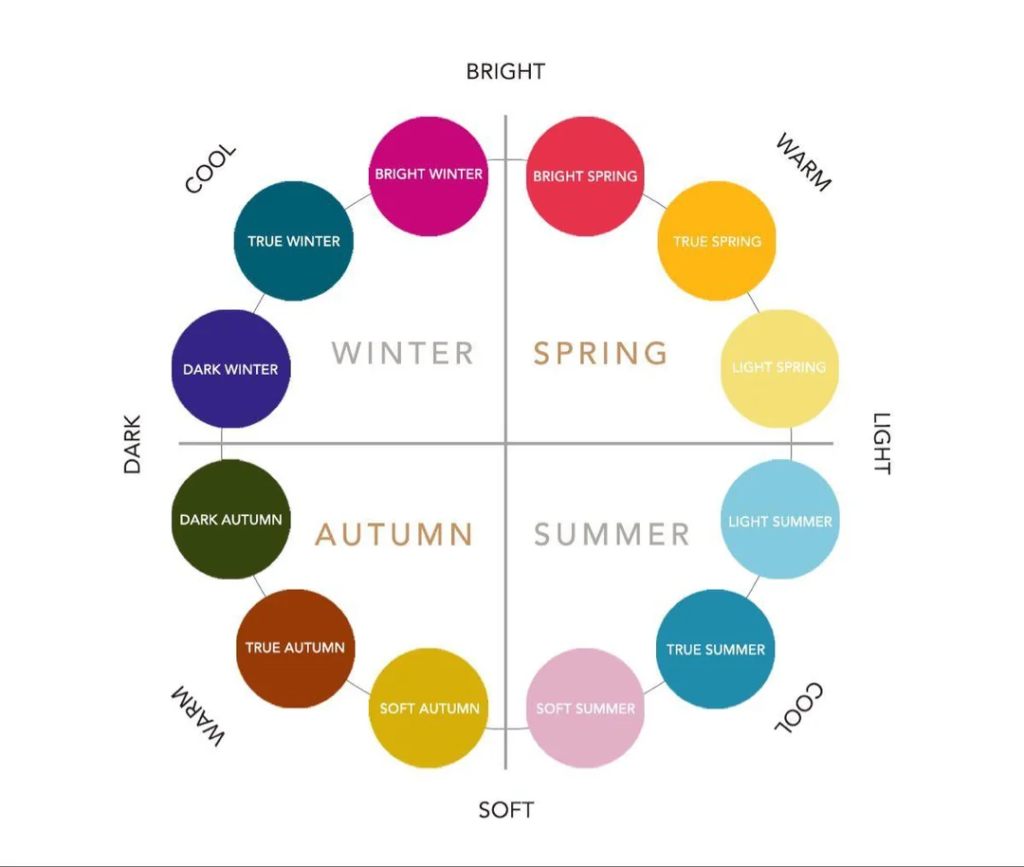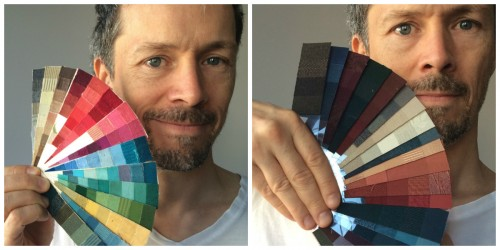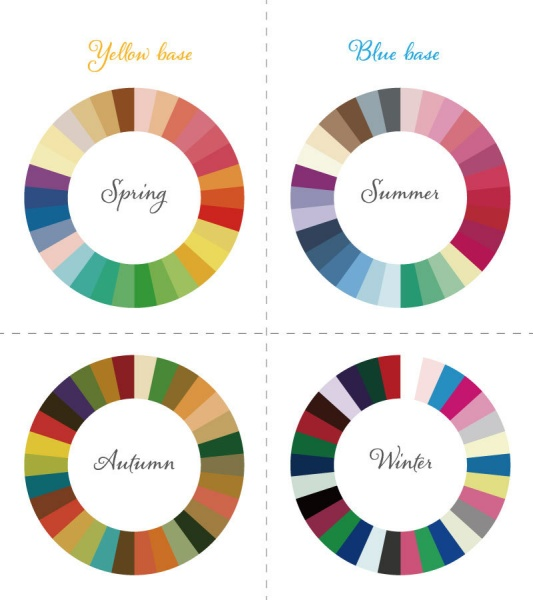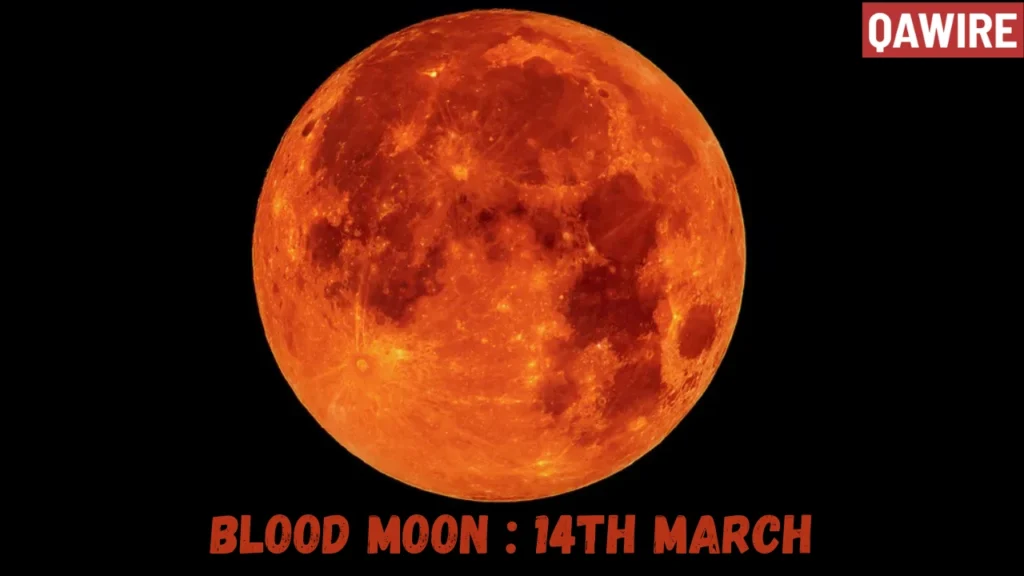Are you tired of standing in front of your closet, feeling overwhelmed by a sea of colors that just don’t seem to work for you? It’s time to unlock the secret to looking and feeling your best every day with a personal color analysis! Understanding which hues complement your unique skin undertones can make all the difference in creating a wardrobe and makeup palette that truly enhances your natural beauty. Say goodbye to guesswork and hello to confidence as we delve into the world of finding your best colors through personalized color analysis. Let’s get started on this colorful journey together!

Understanding Personal Color Analysis
Understanding personal color analysis is like uncovering the key to unlocking your style potential. It involves identifying the colors that harmonize with your unique skin undertones, enhancing your overall appearance effortlessly. By determining which hues complement you best, you can create a personalized color palette that highlights your natural beauty and boosts your confidence.
Personal color analysis is not just about following fashion trends; it’s about embracing colors that make you shine from within. Each individual has a specific set of colors that enhance their features and radiate positivity. Whether you’re warm-toned, cool-toned, or somewhere in between, discovering your best colors can revolutionize how you approach fashion and makeup choices.
Through a personalized color analysis, you can learn to embrace shades that flatter your complexion and bring out the sparkle in your eyes. This process goes beyond simply picking pretty colors – it’s about understanding the science behind why certain hues work wonders for you while others fall flat.
The Four Season Color Theory
Have you ever heard of the Four Season Color Theory? It’s a fascinating concept that categorizes individuals into four different seasonal types based on their natural coloring. These seasons include Spring, Summer, Autumn, and Winter. Each season is associated with specific color characteristics that complement the undertones in your skin, hair, and eyes.
Spring types typically have warm and light coloring with golden undertones. They look amazing in soft pastels and vibrant shades like coral and turquoise. Summer types have cool undertones with delicate features that shine in cool blues, lavenders, and soft grays. Autumn types boast warm undertones with rich earthy tones like rust, olive green, and mustard yellow. Winter types have cool undertones as well but can rock bold jewel tones like royal blue, emerald green, and deep purple.
Understanding which seasonal category you fall into can help you determine your best colors for clothing choices to enhance your natural beauty effortlessly!
How to Determine Your Skin Undertone
When it comes to determining your skin undertone, there are a few simple tricks that can help you uncover this essential piece of the personal color analysis puzzle.
One method is to look at the veins on your wrist under natural light – if they appear blue or purple, you likely have cool undertones; if they seem greenish, then you probably have warm undertones. Another way is to consider how your skin reacts to different types of jewelry: does gold or silver complement your complexion better? Gold tends to flatter warm undertones while silver suits cooler ones.

You can also pay attention to how certain clothing colors make your skin glow or appear dull. Cool undertones often shine in jewel tones like sapphire blue and emerald green, whereas warm undertones radiate in earthy shades like terracotta and mustard yellow. By understanding your skin’s undertone, you can confidently choose colors that enhance your natural beauty.
Step-by-Step Guide to Performing a Personal Color Analysis
- Ready to unlock the secret to finding your best colors? Let’s dive into a step-by-step guide to performing a personal color analysis. First, start by determining your skin undertone. This will be key in identifying which colors truly complement you.
- Next, familiarize yourself with the four-season color theory: Spring, Summer, Autumn, and Winter. Each season corresponds to a specific color palette that harmonizes with certain undertones.
- Now it’s time for some hands-on exploration! Experiment with different colored fabrics near your face in natural light to see how they enhance or detract from your complexion. Take note of which hues make your eyes pop and skin glow.
- Once you’ve identified your dominant season based on these observations, you can confidently curate a wardrobe and makeup collection that accentuates your natural beauty. Embrace the power of personal color analysis to elevate your style game effortlessly!
Best Colors for Each Season
When it comes to personal color analysis, understanding which colors complement your skin tone can make a significant difference in enhancing your overall appearance. The four-season color theory categorizes individuals into different seasonal types – Spring, Summer, Autumn, and Winter – based on their undertones and natural coloring.
For Spring types with warm undertones, soft pastels like peach, coral, and aqua can bring out their natural glow. Summer types with cool undertones look stunning in icy tones like lavender, rose pink, and powder blue. Autumn types with warm undertones shine in earthy shades such as olive green, mustard yellow, and rust orange.
Winter types with cool undertones rock jewel-toned hues like emerald green, royal blue, and ruby red. By incorporating these best colors for each season into your wardrobe and makeup choices accordingly to your seasonal palette will help you create a cohesive look that highlights your personal style effortlessly.

How to Incorporate Your Best Colors in Your Wardrobe and Makeup
When it comes to incorporating your best colors in your wardrobe and makeup, the key is to understand your personal color palette. Start by organizing your closet based on the seasonal color analysis you’ve determined for yourself. This means separating clothes into categories that match your undertone and coloring.
For example, if you’re a “Spring,” focus on warm tones like peach, coral, and golden yellow. If you fall under the “Winter” category, opt for bold hues like deep blues, rich purples, and icy whites. When it comes to makeup, choose shades of lipstick and eyeshadow that complement your skin undertone.
Experiment with different combinations to see what works best for you. Don’t be afraid to mix and match colors within your palette – sometimes unexpected pairings can create stunning looks! Remember, personal style is all about feeling confident in what you wear and how you present yourself.
Conclusion
Understanding your personal color analysis and finding your best colors is a journey that can truly elevate your style game. By delving into the world of seasonal color theory, determining your skin undertone, and following a step-by-step guide to performing a personal color analysis, you are one step closer to creating a wardrobe that complements you perfectly.
Remember, each season has its own unique palette of colors that can enhance your natural features. By incorporating these best colors into your wardrobe and makeup choices, you can effortlessly elevate your personal style and make a statement wherever you go.
So go ahead, unleash the power of personal color analysis to unlock the magic of finding your perfect shades. Let these colors reflect not just on what you wear but also on how confident and radiant they make you feel. Embrace the beauty of hues that harmonize with your unique coloring – because when it comes to style, it’s all about wearing the rainbow that suits YOU!
For more such content, keep visiting QAWire


